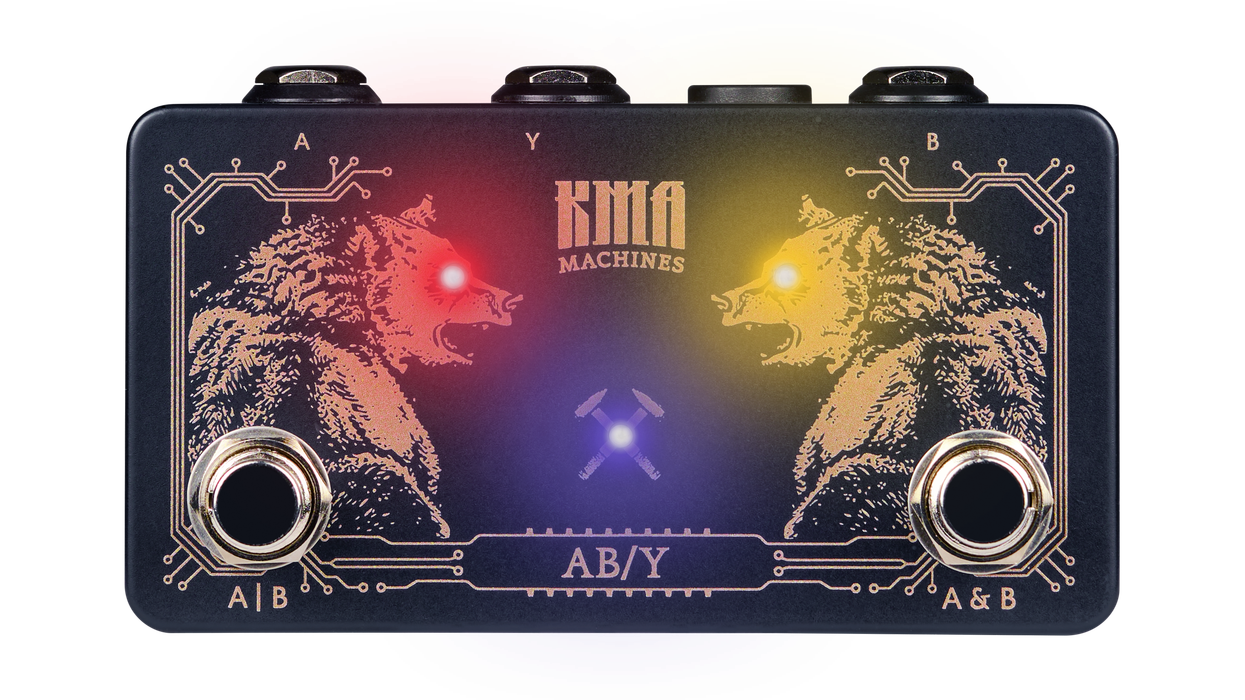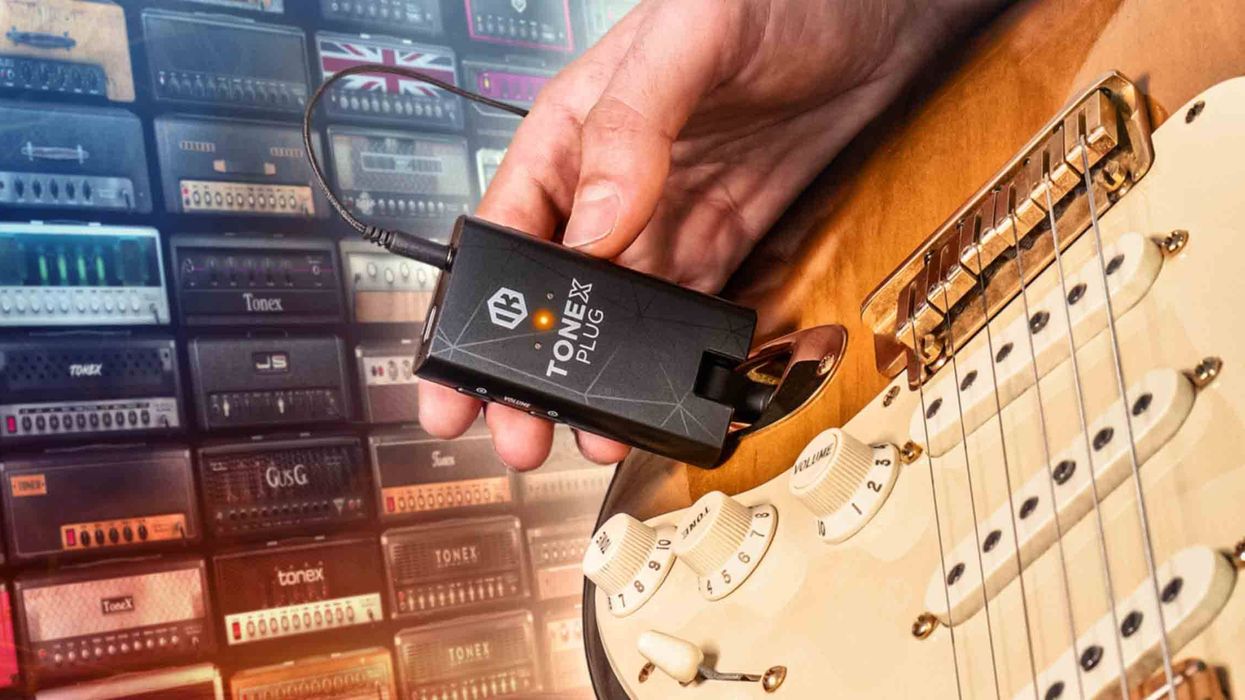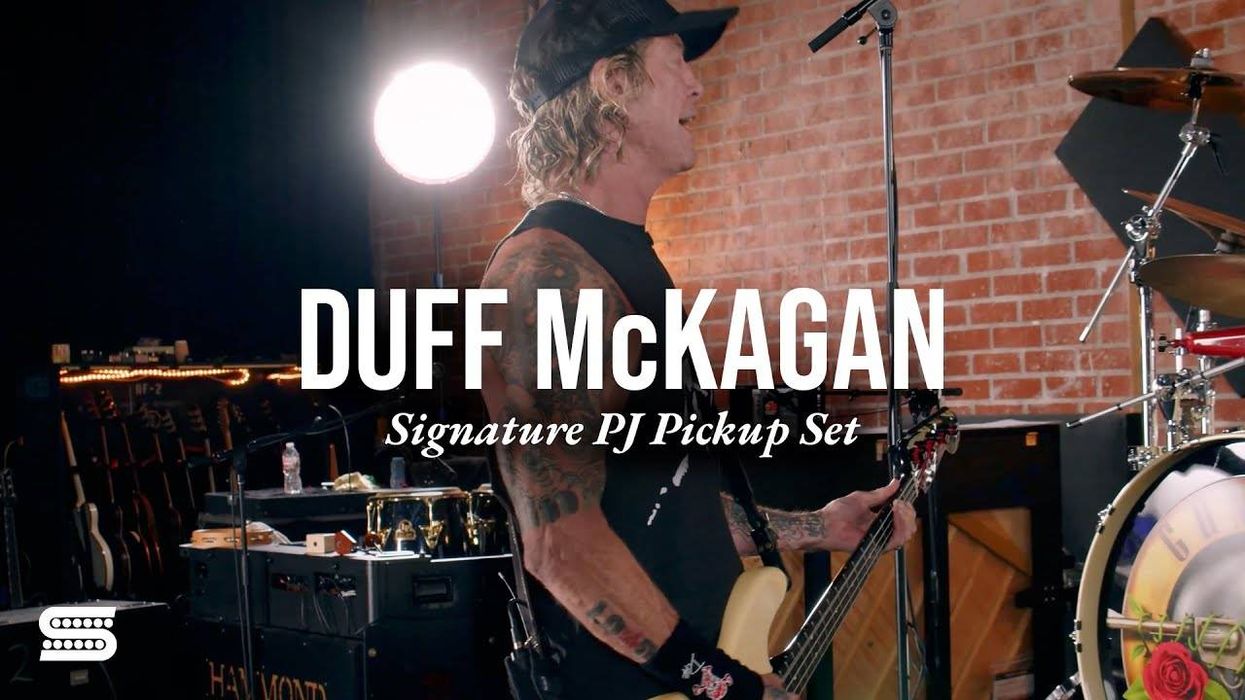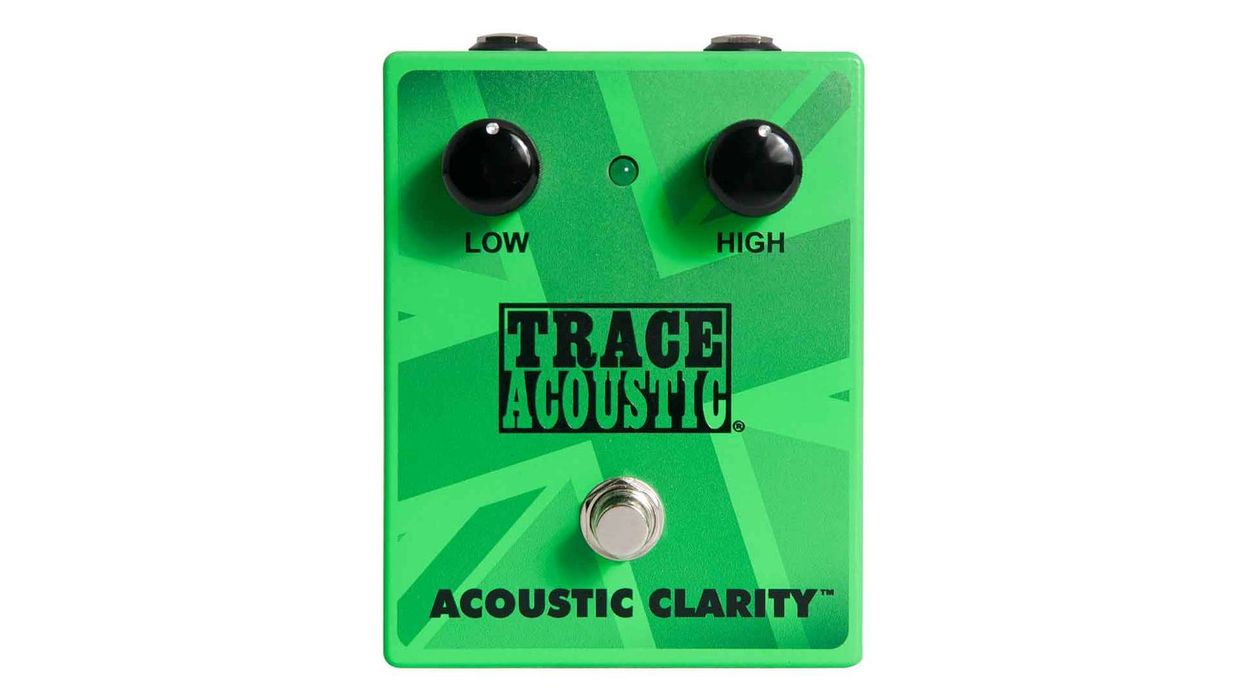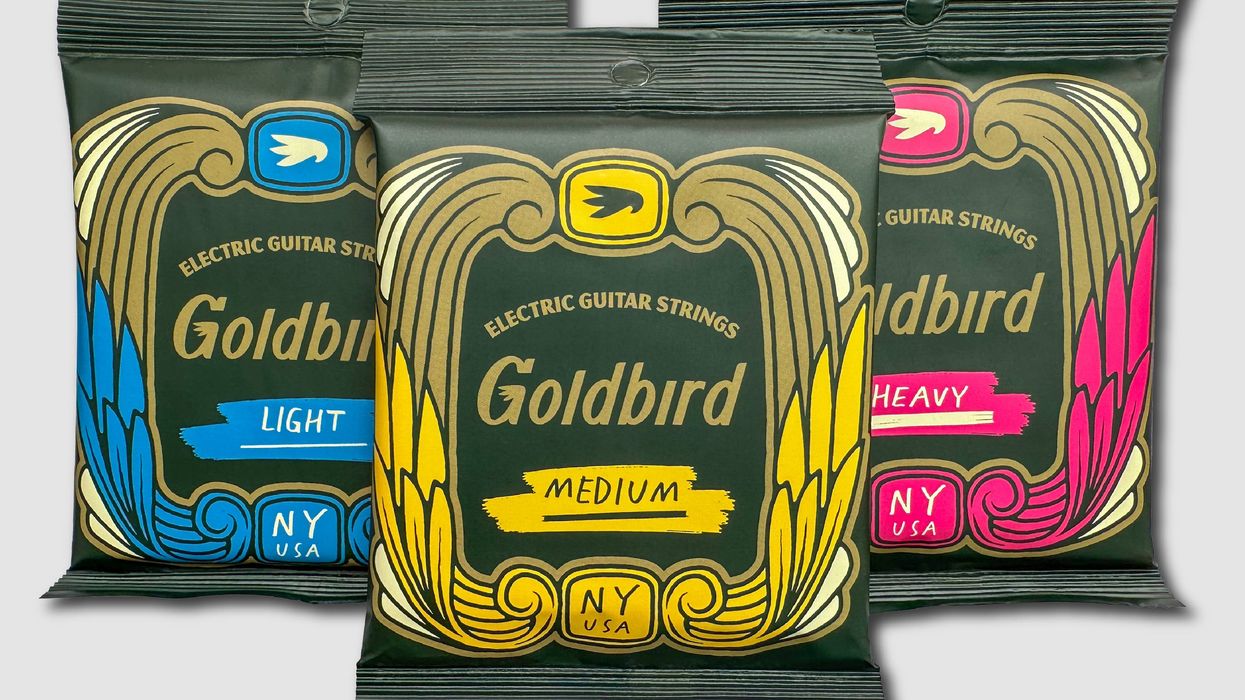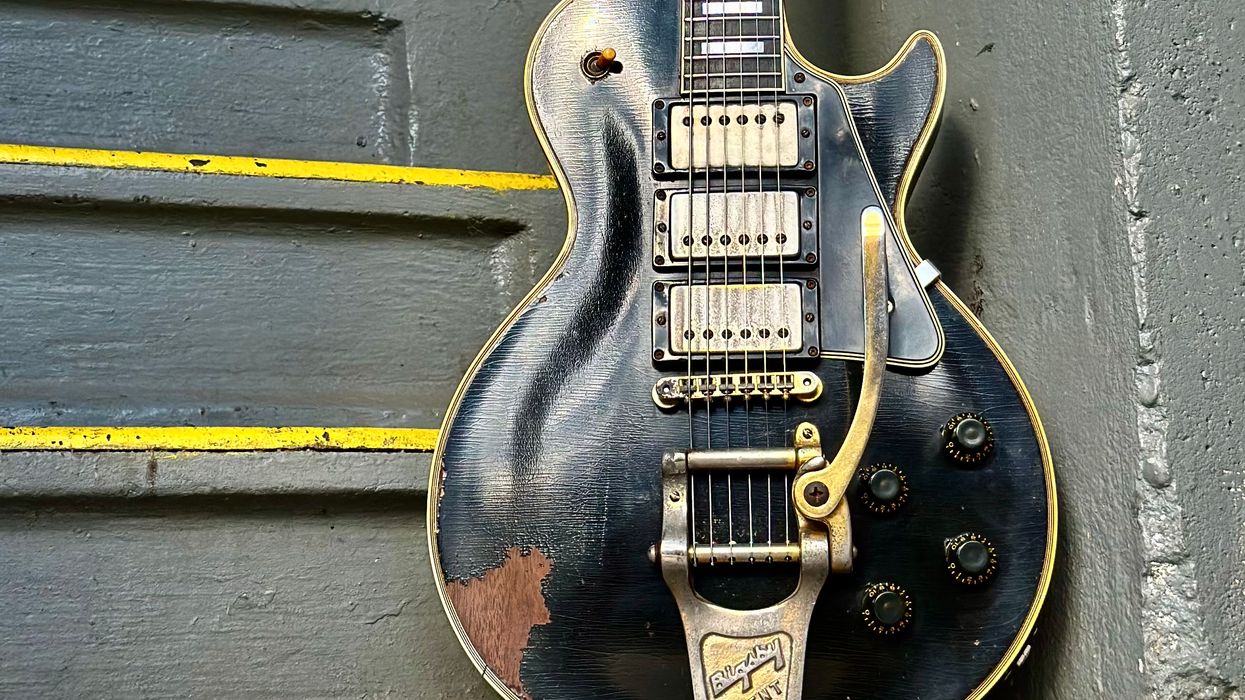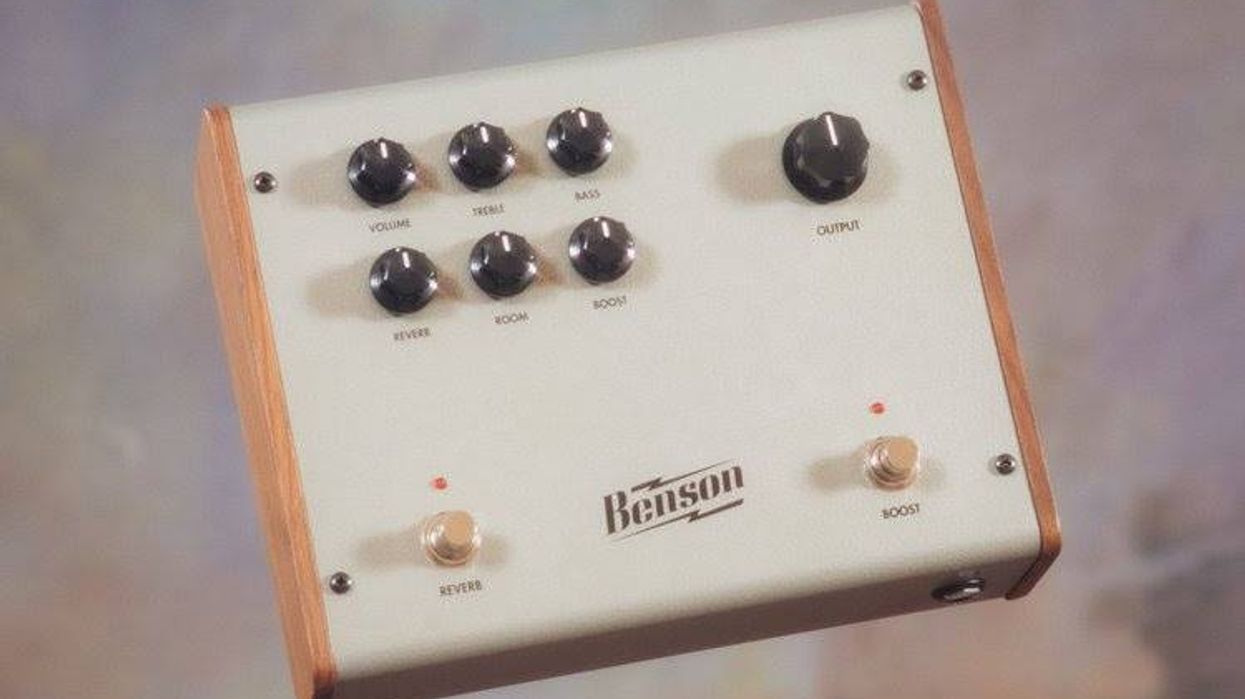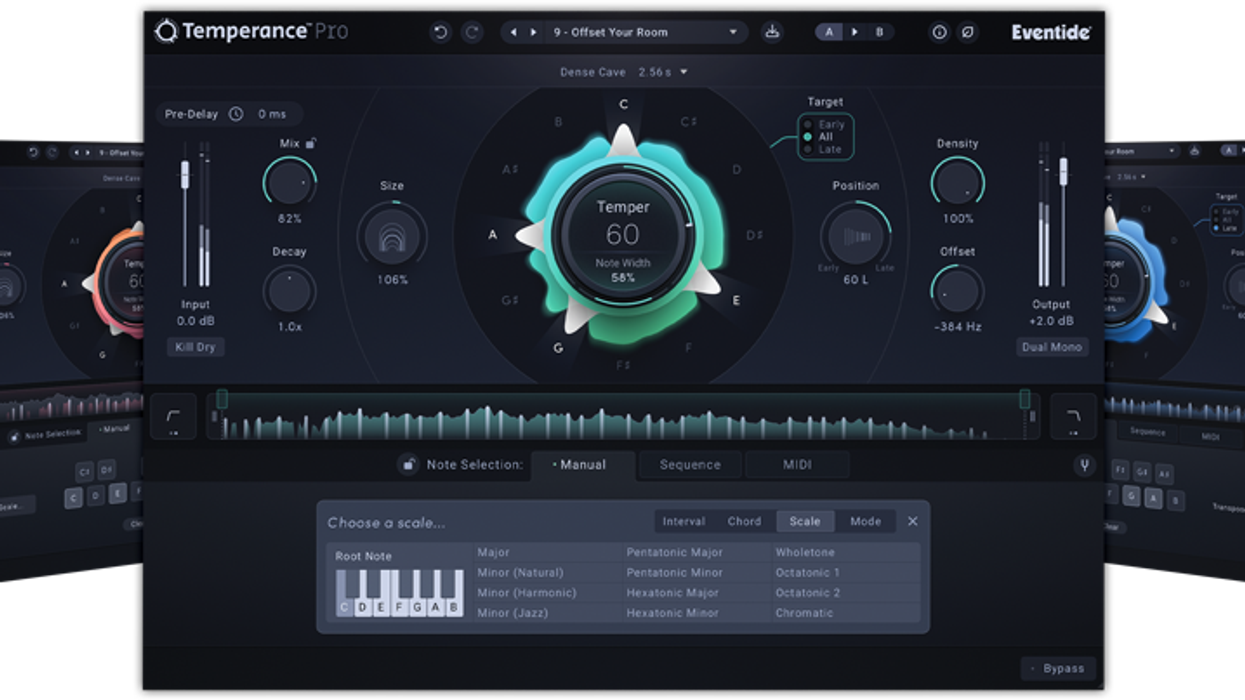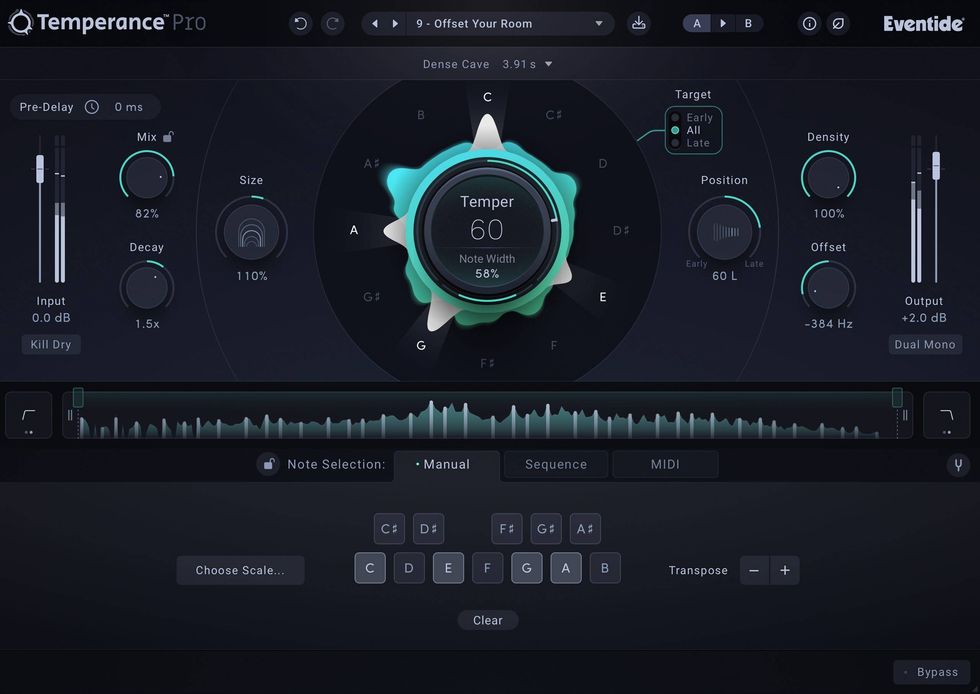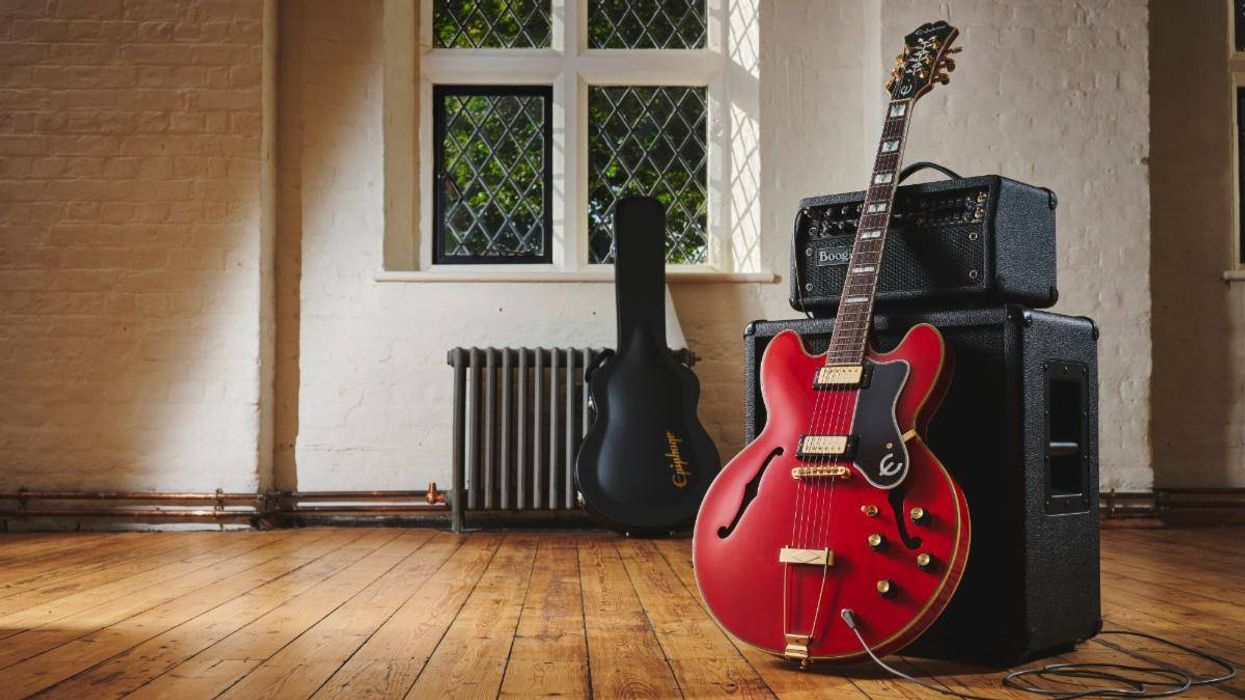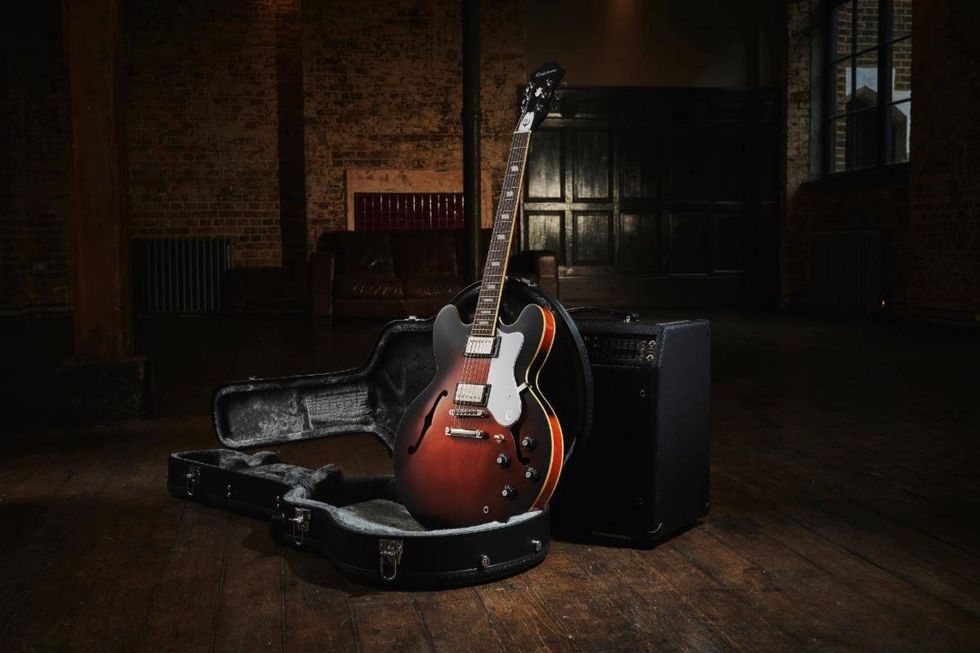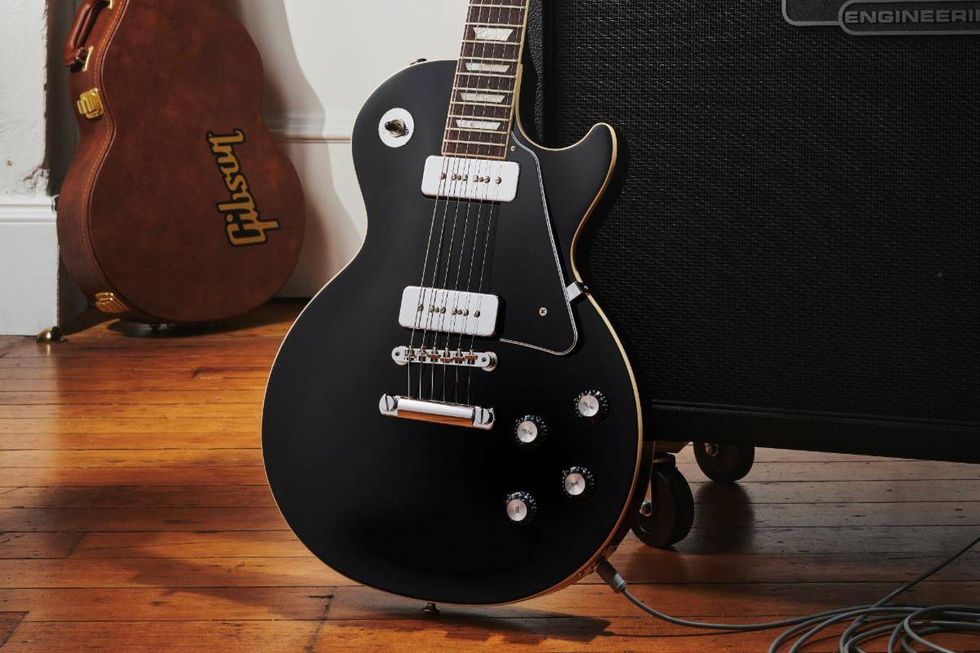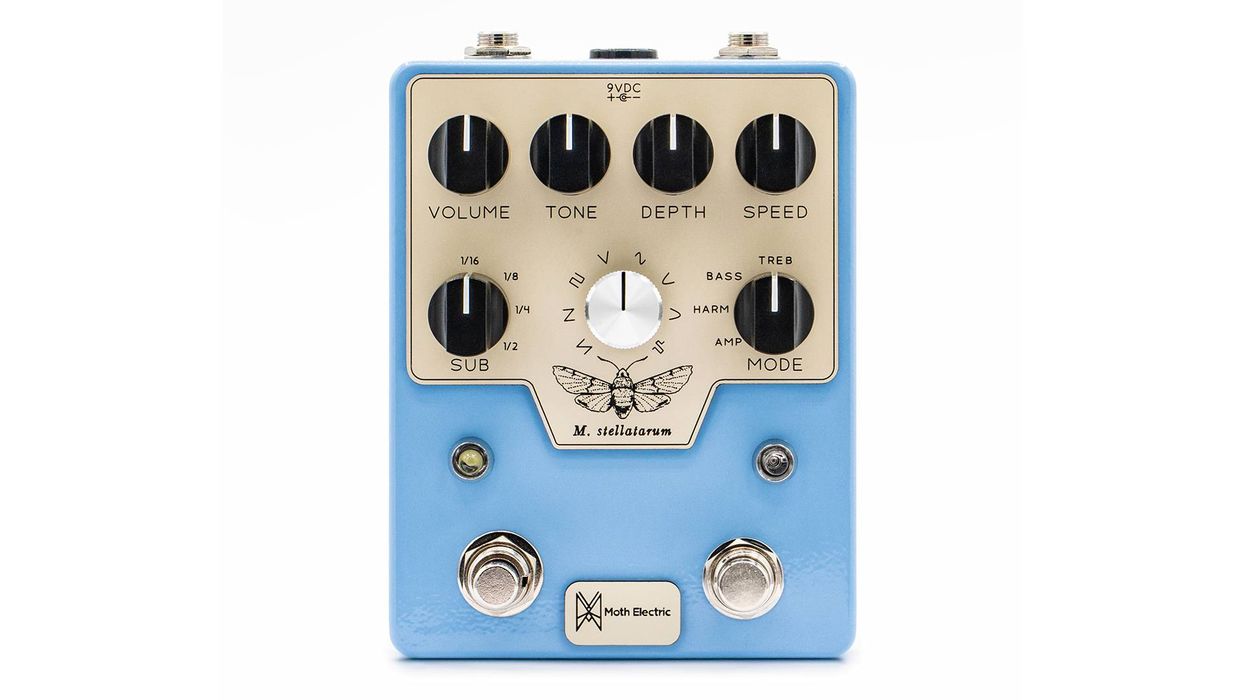Created with a focus on durability, reliability, simplicity, and hassle-free operation, these passive ABY pedals feature KMA’s TrueBypass active silent relay-based soft-switching.
ABY boxes are very commonly available accessories from a multitude of manufacturers, so why did KMA decide to make their own? What’s on the market today is either generally low-cost, with clunky and loud switches (that tend not to last) or they are highly specified and therefore quite a lot more expensive than many people need.
In addition, it is difficult to find an inexpensive and simple ABY device in a stereo format. With the popularity of stereo pedals, KMA made a great little STEREO ABY Device to use in their Berlin workshop and in the process found it extremely useful. So, the brand decided to make it available as a pedal to the world.
Created with a focus on durability, reliability, simplicity, and hassle-free operation, these passive ABY pedals also feature KMA’s TrueBypass active silent relay-based soft-switching, to reduce mechanical noise and those nasty unwanted pops and clicks when in use. The 3 distinct LEDs also quickly and easily show exactly which signal path has been selected at a glance.
Main Features
- Passive range of affordable yet high-quality ABY pedals
- True Bypass, with active switching - best of both worlds
- Active silent relay-based soft switching heavily reduces mechanical noise and pops
- Stereo version available• Omnidirectional, for 2 into 1 or 1 into 2 operation
- Distinct LED colors, to indicate the selected signal path at a glance
- Durable compact enclosure for years of reliable switching
- Top-mounted jacks will fit into any setup
- Made in Berlin, Germany
- Power by opt. 9 V PSU(9 V DC, centre -, 2.1 mm, >40 mA max. current draw)
